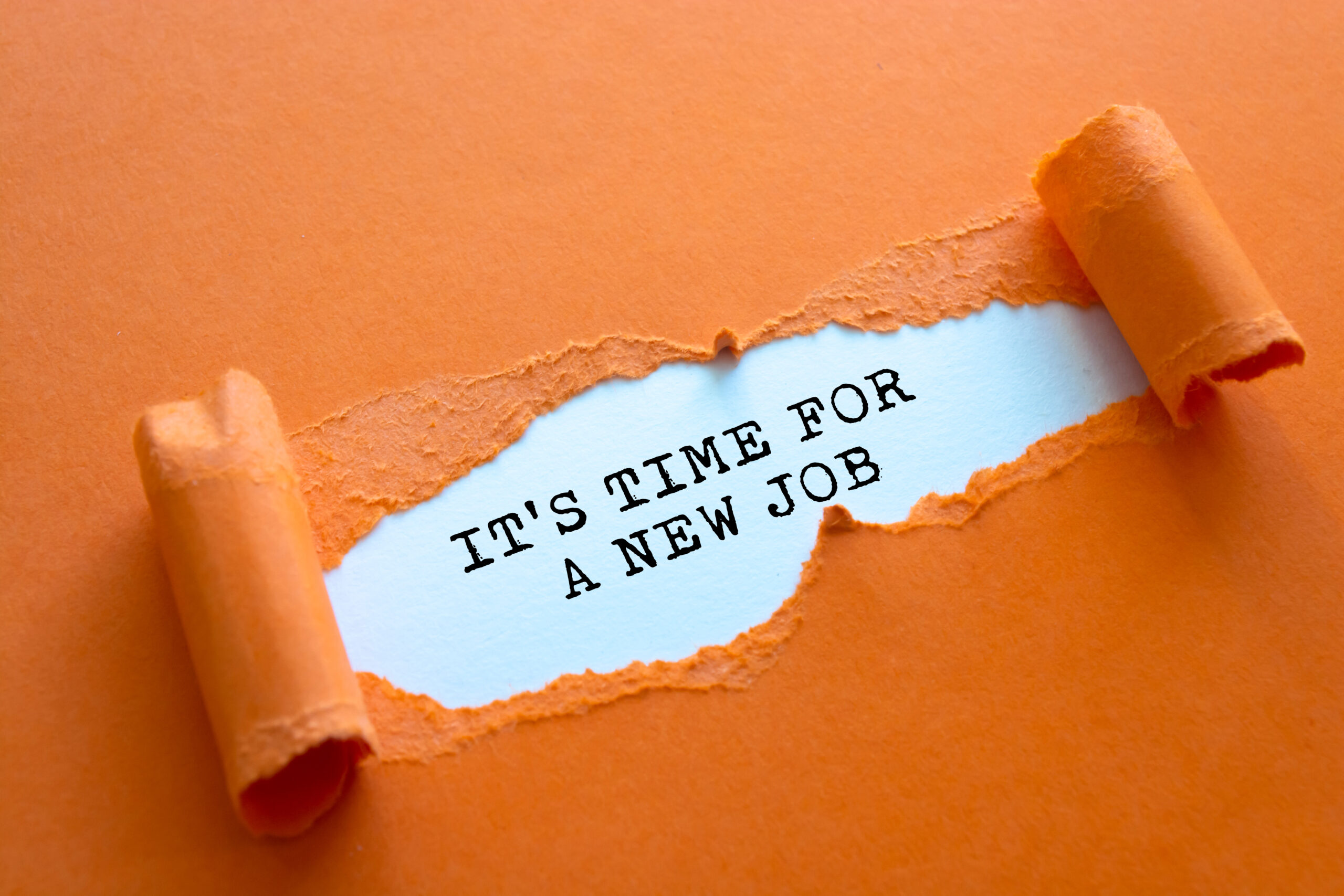Silence is a powerful tool – if used correctly. Steve Macaulay and David Buchanan tell us more (quietly).
Silence ‘speaks’. You choose your words carefully, because you know that others might act on them. But people also listen to what you don’t say. Do you pay as much attention to your silences? Given the pace of work today, it is easy to overlook our silent signals, and send misleading messages as a result.
Silence is not a common topic in management development programmes. It usually appears briefly under ‘questioning techniques’ on interviewing skills courses. Soft skills may be overlooked in a world in which ‘communication’ means ‘social media’.
This article examines the power of silence and why it deserves closer attention.
Sending silent signals
We are sending silent signals to others all the time, whether we are aware of it or not. We ‘tell’ people how powerful we are, how interested we are, how bored we are, how impatient we are. We do this through a combination of speech and non-verbal behaviour or body language.
The silent stare, the positive smile, posture and gesture mirroring which says ‘I’m just like you’. But it’s how these signals are interpreted by others that counts. Unless our signalling is under our conscious control, we can make mistakes.
Training in interpersonal skills is part of the standard L&D agenda, offered at a basic level in early career. But advanced skills, as well as a reminder of the basics, can be relevant in later career, too.
We are sending silent signals to others all the time, whether we are aware of it or not.
Silence in particular can work for you, or against you. It all depends on how you use it. L&D and HR professionals need to understand this taken-for-granted topic, because it influences individual performance, and organisational effectiveness.
When silence ISN’T golden: what happens when…?
- You don’t get in touch with staff who are working from home. Will they think that you trust them to get on with the job? Or will they feel forgotten and anxious, not part of the team, and demotivated. When did you last check? Clearly you need to strike a balance between not interrupting, and keeping staff in the loop.
- Your colleague is sitting quietly in their office. Are they doing some planning? Or do they have feel cut off from the real work, and can’t wait to get back into action? Should you leave them alone? Or go and have that conversation? To interrupt their silence or not can be an awkward judgement call.
- Some of your team members are not contributing to the meeting. Maybe their ideas were dismissed in the past, and they’re not prepared to stick their necks out again. However, if you think that they have useful information and valuable suggestions, you will have to break their silence. Start asking direct questions.
- You decide to miss an important team meeting. It isn’t important from your point of view, but it might be important to your team members. What signals does your absence send? Not interested? This isn’t one of your priorities? You don’t want to hear the team’s views on this? If you are not going to the meeting because you trust the team to do the job, tell them that.
- You fail to praise someone for an achievement. This could just be an oversight on your part; you were busy that day. But how your silence is interpreted could be extremely damaging. Failure to express praise can be seen as a criticism, or a sign that the work was not important. This can cause offence to the individual and to their colleagues, which may not be your intent. Others may read a political motive in your silence. This can sour your relationships with those involved.
- Change is coming, but senior management have not explained. There may be commercial reasons for keeping quiet about strategic changes. But nature abhors an information vacuum, and fills it with rumours. Those rumours – especially if they are false – could do more damage than the sensitive information. If your staff can’t be trusted with your transformation plans, maybe you have problems with your organisation culture, or your selection methods? In 2012, how did Danny Boyle get his staff to keep details of the opening ceremony for the London Olympics secret? He took them into his confidence and asked them nicely.
When silence CAN BE golden: using silence positively
If you want to send encouraging signals, and open up a conversation, you don’t have to say anything.
You can do this simply by bringing your body language under conscious control: smile, nod, lean forward, uncross your arms and legs, point your body towards the other person, make direct eye contact, mirror their posture, gestures, and speech patterns.
The opposite pattern – arms crossed, scowl, look and turn away – sends the opposite signals, and can close the other person down, without you having to say a word.
There are many occasions when you can use silence positively. Such as:
- When getting information from candidates in job interviews. When the candidate has finished answering your question, pause for two or three seconds. (You are thinking about your next question instead; put that on hold.) Your silence says, ‘I’m listening, I’m interested, keep talking’. The candidate will almost always continue, and give you more information. Use this pause method in any conversation.
- When you want to stimulate creative thinking. Same approach – after you have explained the task to the individual, or the team (e.g. think of novel solutions to a problem), pause. Leave as long a silence as it takes. Sooner or later, somebody will break the ice, and the discussion will develop from there. If you jump in too quickly with your own ideas, you will shut the others down.
- Coaching and counselling. The temptation is to jump in too soon with advice: ‘If I were you’, ‘My solution’. But that doesn’t always help. Better to let the person find their own answers. This means asking reflective questions, repeating that person’s feelings back to them; ‘So you didn’t like the way you were treated?’ – then pause for as long as it takes. In this context, your silence says, ‘I’m here to help, I’m listening, take your time’.
L&D has a key contribution
Silence plays an important part in our day-to-day conversations at work (you can use these techniques at home, too). Getting it right helps to establish and maintain relationships, goodwill, and cooperation. So there is a direct link between positive relationships, personal performance, and organisational effectiveness.
Managers at all levels need to be aware of the significance of this aspect of our communications.
This awareness can be developed, so that it can be used proactively and constructively. L&D can act as team facilitators, raising awareness of current communication strengths and weaknesses. How are silences dealt with? Glossed over, joked about, confronted head on as an issue affecting team performance?
As noted earlier, poor communication about organisational change creates uncertainty, which can be demotivating, reduce performance, and encourage staff turnover. Silence, and lack of clarity, stifle the flow of suggestions and innovative ideas.
L&D can encourage the two-way information flow through active listening, to what employees are saying and not saying.

There are of course personality differences in our communication styles and needs. Maybe extraverts are more communicative than introverts. But these traits reflect tendencies and preferences rather than rigid behaviours.
Given the right encouragement, introverts will open up. Given the right discouragement, extroverts will pipe down. Through coaching and development programmes, L&D can help people to see the advantages of different perspectives and capitalise on the productive nature of diversity.
Conclusion and L&D Actions
We almost certainly do not use silence as often, or as effectively, as we could. Yet the impact of silent signals can be just as powerful – in some cases more so – as our noisier options. The implication for L&D is that a straightforward set of techniques are often little used. All levels in the organisation can benefit from having skill in this area. In particular L&D should:
- Encourage thoughtful and wide-ranging insights into communications, including looking at the power of silence in communicating explicitly and implicitly.
- Promote communication skills, particularly interpersonal skills which affect teams, individual one-to-one interactions, communication across the organisation, change management issues, and decision-making.
- Challenge assumptions and knowledge about the role of silence in communication, and raise the level of awareness of how we can all improve our communication skills through this channel.
About the authors
Steve Macaulay is an associate at Cranfield Executive Development; he can be contacted by email on: s.macaulay@cranfield.ac.uk. David Buchanan is emeritus professor of organisational behaviour at Cranfield University. He can be contacted at david.buchanan@cranfield.ac.uk



